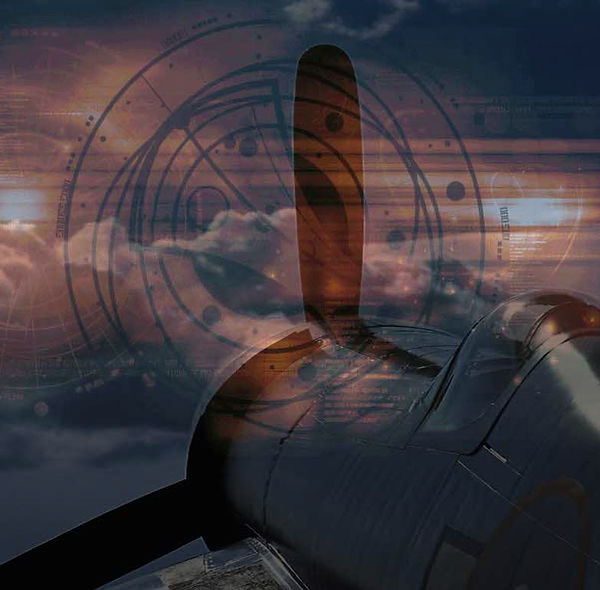
Hold your pointer on a tab in the menu on top of the page to view and handle the sub menus.



In 1945, the attention of the military aviation community turned to the turbo-jet-powered aircraft. The U.S. Navy, however, had decided they would keep the Corsair as their first-line fighter until the jet had been satisfactorily developed for carrier operations. On February 6, 1946, the Navy gave Chance Vought a letter-of-intent on the company’s proposal to build the F4U-5.
The F4U-5 was the first post-war model it was basically similar to the F4U-4. During F4U-4 production, 3 F4U-4 were modified as prototypes for the F4U-5 model and were designated XF4U-5.The first XF4U-5 flew on 4 April 1946.The first production F4U-5 day fighter flew for the first time on May 12, 1947. Production began in 1946 with an order for 223.When the North Koreans invaded South Korea in June of 1950, the F4U-5 Corsair went back into combat. They were assigned the task of flying low-level attack and ground support missions. In the late 1950s the US delivered a small number of F4U-5 to Argentine and Honduras. Production continued until October 1951.
Pilot comfort was emphasized to a high degree in a completely modernized cockpit. The combat power system was automatic. Its combat would be nearly all low-level, where the tremendous payload was useful. When necessary, over 5000 pounds of ordnance could be carried on the twin underwing pylons and the centerline rack. A new centerline pylon was added, and a bomb up to 2,000 pounds in weight could be carried on this station. Internal armament was four M-3 20-mm cannon with 924 rounds of ammunition.
Although it may have looked much like the previous F4U-4 at first glance, it was a different aircraft in many ways. Equipped with a new Pratt and Whitney engine and a side wheel supercharger, it was a high-altitude fighter, designed to fight at 45,000 feet.
The air required for the R-2800-32W also resulted in another change to the design of the cowling , the air scoop under the engine cowling was removed, and replaced by two small scoops incorporated in the lower side of the cowling. The F4U-5 was the first Corsair variant to delete fabric covering on the outer wing panels , they were now fully covered with metal ,this resulted in a reduc tion in drag operation , these cooling flaps was fully auto matic. The armament consisted of four 20mm cannon, as in the F4U-4B. Perhaps the most noticeable difference was in the forward fuselage. The engine was the R-2800-32W, with a variable-speed two-stage supercharger , this necessitated the lengthening of the nose section by approximately ten inches. The R-2800-32W engine, developing approximately 2,300 horsepower which was 200 horsepower more than the engine used in the F4U-4. The engine also maintained greater power to a higher critical altitude than did its predecessor. Maximum speed was listed at 469 miles per hour at 26,800 feet, rate-of-climb was 3,780 feet/min at sea level. The engine installation introduced a lowering of the thrustline by 2.75 degrees, which improved stability and forward view and improved the longitudi nal stability of the aircraft.
Entry to the cockpit was changed. The cut out step in the inboard right flap was deleted, a retract able boarding step on the right side of the fuselage re placed it. d. The canopy was enlarged to a blown design, and it was higher than that used on the F4U-4.
Changes were also made inside the cockpit, one of these was the elimination of the lower part of the instrument panel that was located between the rudder pedals. Pilot comfort was empha sized, and a new heater, located in the lower fuselage, provided both cockpit heating and windshield defrosting. Spring tabs for use on the elevator and rudder controls reduced pilot effort as much as 40 percent. Guns tubes were electrically heated.